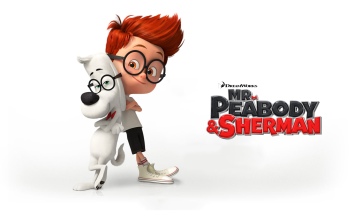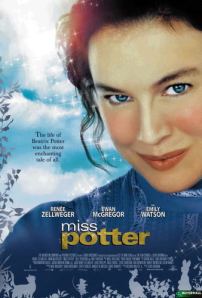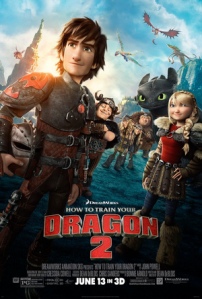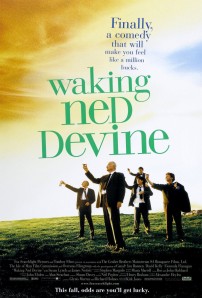Nothing will cause me to become skeptical quite like taking a long silent beloved childhood memory and giving filmmakers a gargantuan budget to revive it. It’s the trend though, so what are you going to do, right? Primarily it’s fairly easy to ignore these Frankenstein’s monsters, particularly when it’s something like Peabody and Sherman. These two characters were regulars on The Rocky and Bullwinkle Show. Rocky and Bullwinkle was the example of low budget cartoons. They were given a chance at a big screen adaptation a while back. It was terrible. This is actually the third feature film to stem from that little show, come to think of it, with Dudley Do-Right being the other. Dreamworks has been a power-house for decent animated movies lately, so I went to the local library and borrowed a copy. It was a very good family film. And I don’t use “family film” in the sense that it was cranked out solely to babysit children placed in front of a screen. The jokes and visuals are juvenile enough to captivate a young audience, while the plot and even more jokes will certainly keep everyone else engaged. The movie takes head on subjects such as adoption, fitting in and bullying in a way that is funny, it’s essentially the perfect segue to discuss these topics.
Mr. Peabody and Sherman follows the life of Mr. Peabody, a brilliant dog that never fit into his societal mold. This is primarily because he can talk and is essentially the smartest creature on the face of the planet. He adopts a baby named Sherman, which he raises and takes on adventures through time with his “wayback” device. The conflict of the movie happens when Sherman ends up biting someone on his first day of school, calling into question Peabody’s ability to raise a human child. In an effort to smooth things over, the Bully’s parents are invited over for dinner. Naturally the two children end up using the time machine and end up on an adventure through time.
While more or less a typical animated feature, the movie manages to shine at particular points. For one thing it’s nice to have Danny Elfman providing the score. the music adds the level of whimsy that the movie deserves. The writing is also pretty entertaining. If Mr. Peabody is trying to prove he’s a good dad, he certainly does so simply by the amount of puns he uses. Seriously, it’s ridiculous. The writing is sharp and witty to the point where it is both easy to understand and not compromising the intelligence of the audience. Ty Burell manages to give surprisingly accurate life to the spirit of the Peabody character. But it’s Max Charles who voices Sherman that really blew me away. The timing and tone was dead on, a truly perfect voice for the character.
This movie wasn’t anything spectacular, to be certain. However it was a good movie, and sometimes that’s what you need. Not every animated movie is going to be Spirited Away or Toy Story, but that’s fine. This was a movie that did just about the best that it could, and it was just what a Peabody and Sherman movie should have been; short, sweet and pretty darn funny.









